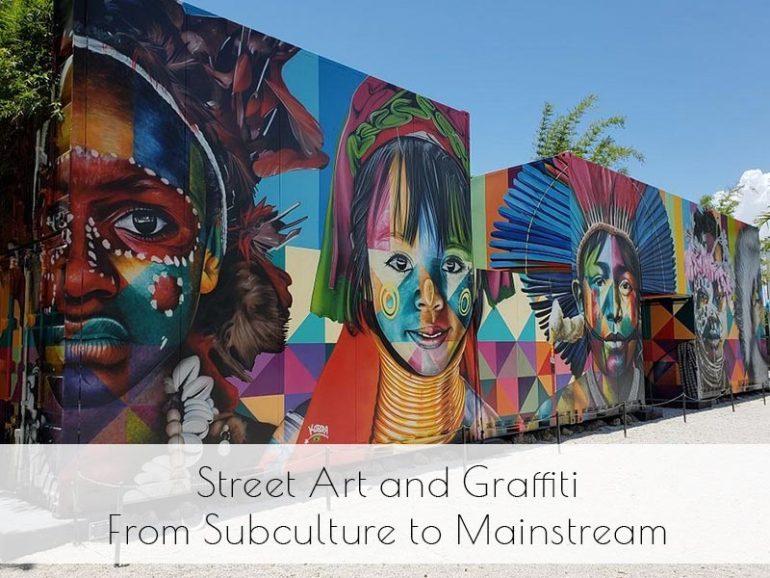Street art and graffiti have long been forms of artistic expression outside the traditional confines of galleries and museums. Originating as subversive and often illegal acts, they have evolved into recognized and celebrated art forms that influence contemporary culture. In this post, we’ll explore the origins of street art and graffiti, highlight key figures and movements, and examine their impact on the modern art scene. Plus, we’ll include a fun challenge for you to create your own street-inspired artwork!
Introduction to the Origins of Street Art and Graffiti
Street art and graffiti emerged in the late 20th century as ways for marginalized voices to be heard and for artists to make bold, public statements. Graffiti, in particular, began in urban environments where it was used to claim space and communicate messages through tags and elaborate designs.
- Origins: Graffiti can be traced back to ancient civilizations, but its modern form began in the 1970s in cities like New York, where artists used spray paint to create tags and murals on subway cars and buildings. Street art, a broader category that includes various techniques such as stencilling, wheat pasting, and murals, followed closely behind.
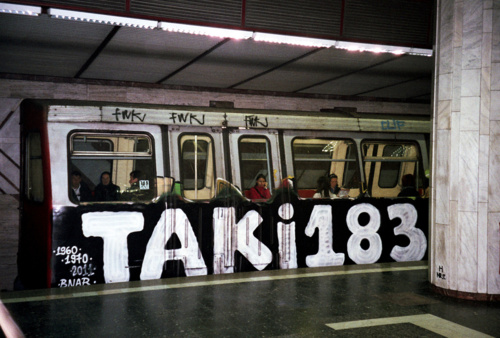
Key Figures and Movements
Several artists have become iconic figures in the world of street art and graffiti, pushing the boundaries of what this art form can achieve.
- Jean-Michel Basquiat: Starting as a graffiti artist under the pseudonym SAMO, Basquiat transitioned to the gallery scene and became known for his raw, expressive works that comment on race, identity, and social issues.
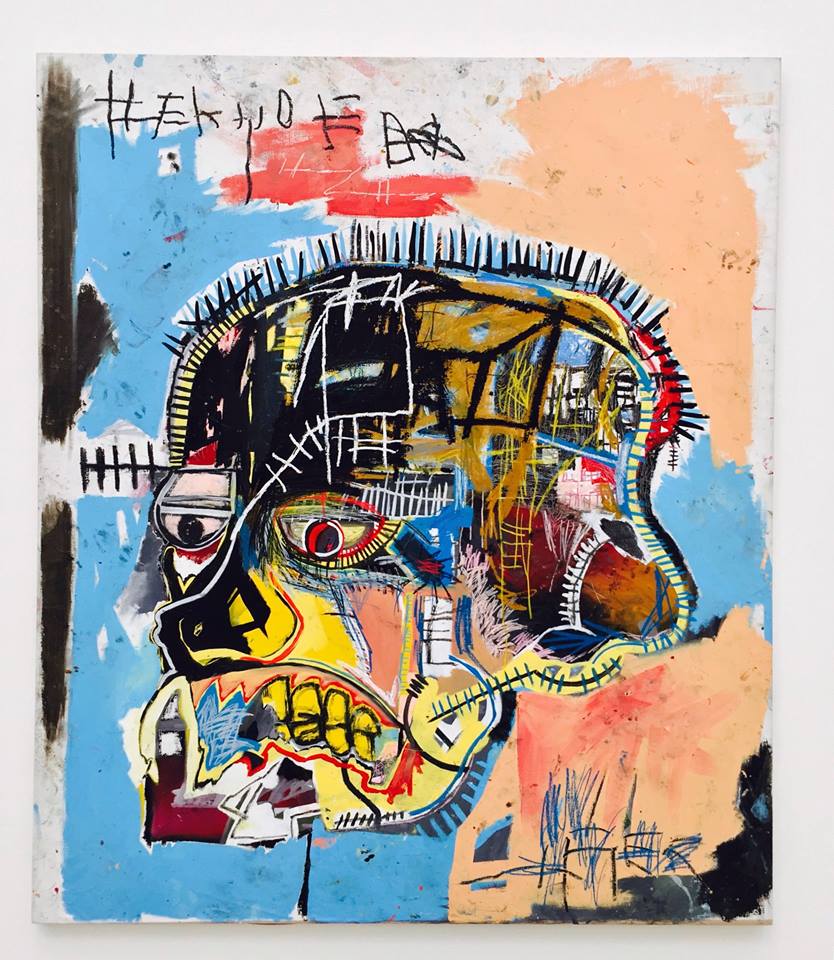
- Banksy: An anonymous street artist from the UK, Banksy is known for his provocative and often politically charged stencils. His work challenges societal norms and provokes thought, earning him international acclaim.
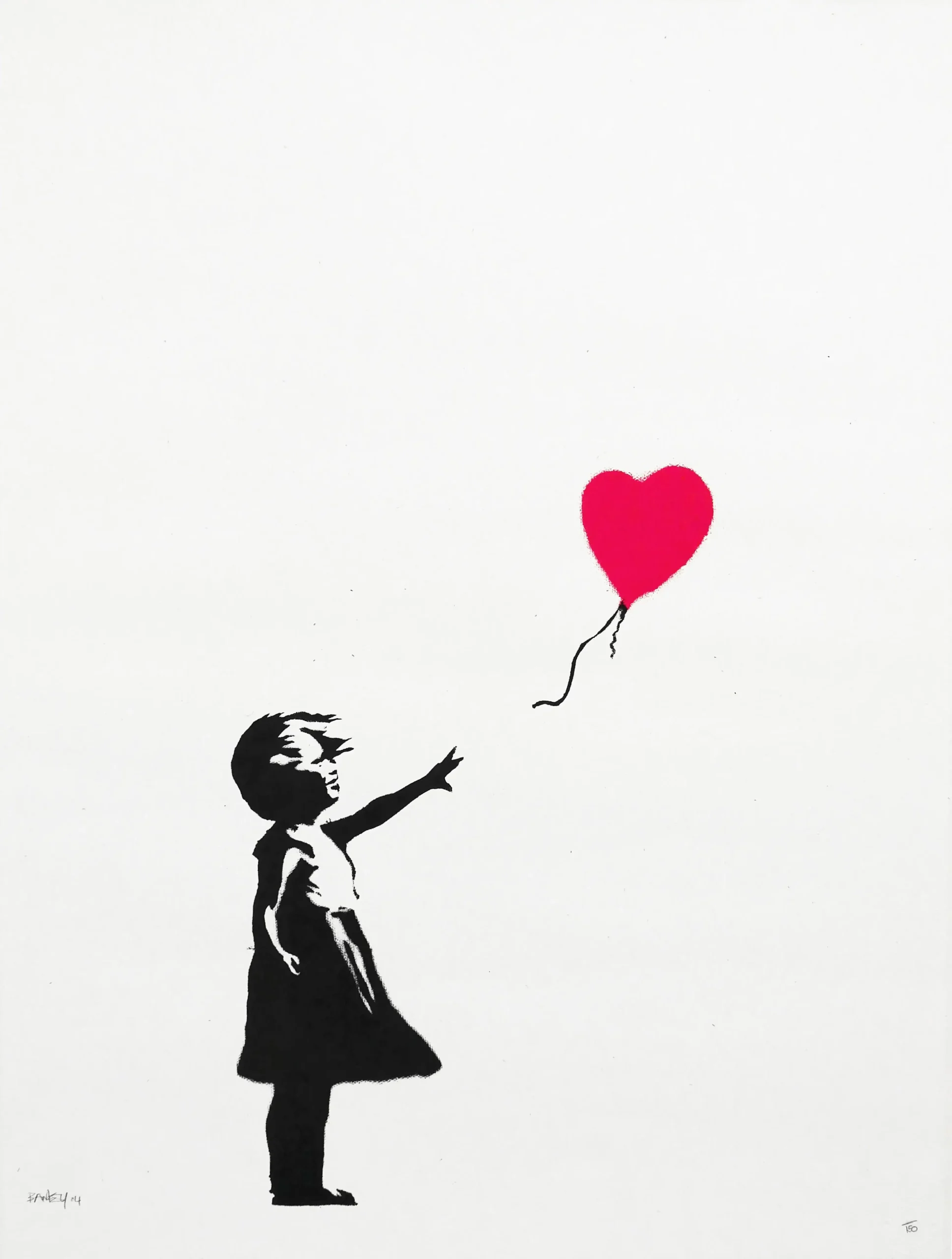
The Evolution from Subculture to Recognized Art Form
What began as a subversive subculture has evolved into a respected and influential art movement. Street art now adorns cityscapes worldwide and is showcased in galleries and museums.
- Mainstream Recognition: The shift from subculture to mainstream began in the 1980s and 1990s when galleries and collectors started to take notice of the raw energy and unique perspectives offered by street artists. Today, street art festivals and curated public art projects bring street art into the cultural spotlight.
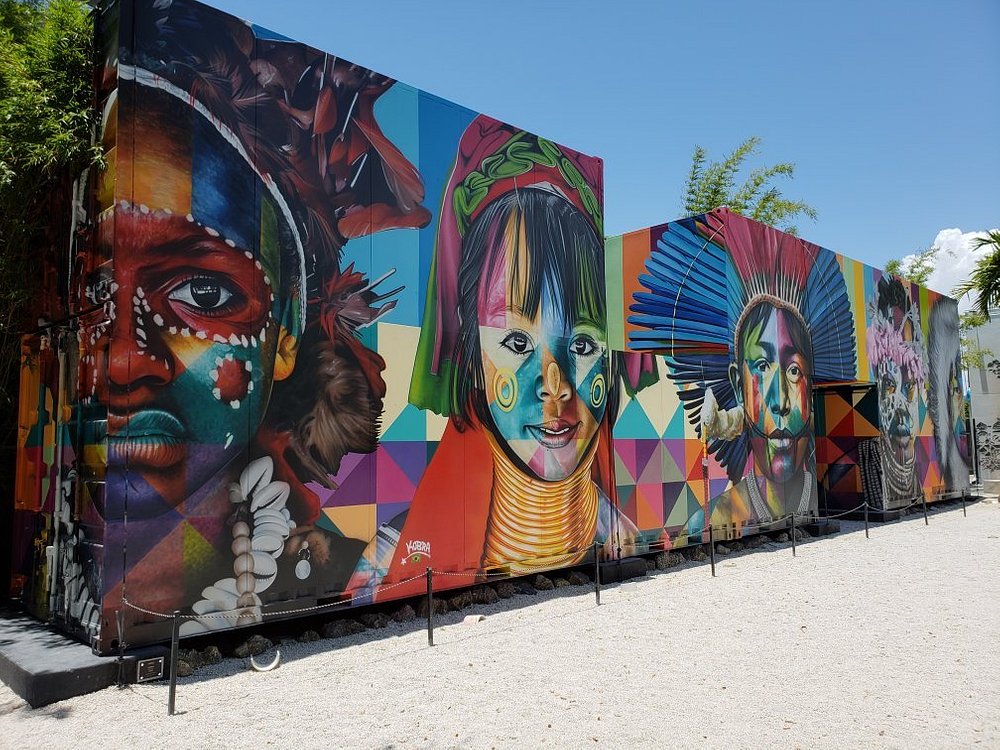
How Street Art is Impacting Contemporary Art Scenes
Street art continues to shape and influence contemporary art, bringing fresh perspectives and new techniques to the fore.
- Impact on Contemporary Art: Street art’s influence can be seen in the works of contemporary artists who incorporate its techniques and themes into their pieces. It challenges traditional notions of art, making it more accessible and engaging to a broader audience.
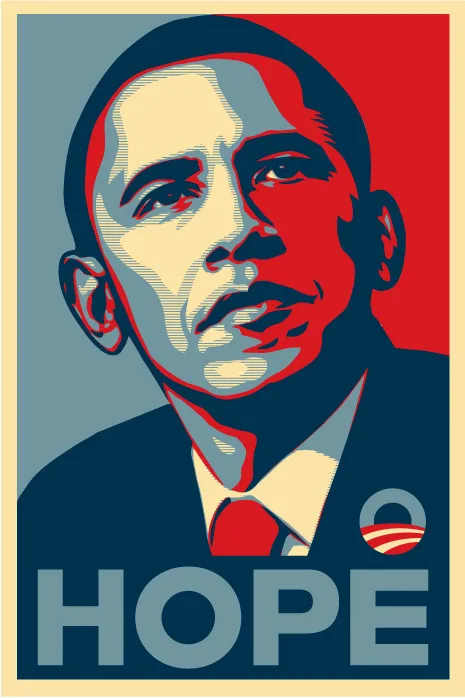
Street art and graffiti have come a long way from their rebellious beginnings. They now hold a significant place in modern culture, influencing and enriching the contemporary art scene. By understanding their origins and evolution, we can appreciate the dynamic and transformative power of street art.
Now, it’s your turn to get creative with street art! Here’s a fun challenge to help you explore this art form:
Street Art Challenge: Create Your Own Stencil Art
- Materials Needed:
- Cardboard or thick paper
- X-Acto knife or scissors
- Spray paint or markers
- Paper and pencil for sketching
- Steps:
- Sketch Your Design: Start by sketching a simple design on a piece of paper. It could be a symbol, a word, or a small illustration.
- Transfer to Cardboard: Once you’re happy with your design, transfer it onto a piece of cardboard or thick paper.
- Cut Out Your Stencil: Carefully cut out your design using a knife or scissors. Be sure to cut out any interior sections carefully to preserve the details.
- Create Your Art: Place your stencil on a surface (preferably a piece of paper or canvas) and use spray paint or markers to fill in the design. Lift the stencil to reveal your street-inspired artwork!
Let us know if you do any street art or graffiti art, we will post them here on our blog!
If you would like to receive a roundup of all of our blog posts once a week to keep you inspired in your inbox, why not sign up to our newsletter. You can access our sign up at the top of our page. If you are a London Art College student and you would like your artwork featured here, drop us a line at any time.

